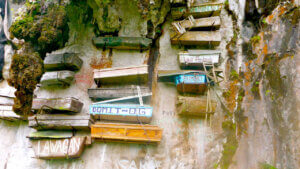
The Republic of Ireland, simply known as Ireland, is home to fascinating traditions from ancient and medieval times. Even prior to the Christianization of the country, the Celts had created a complex system of religious beliefs and customs. This, of course, also included death-related myths and practices. With this article we travel to ancient Ireland where we learn about druids and the practice of headhunting.
Moreover, we explore passage tombs and burial mounds, called tumuli. These practices were also tied to Celtic myths such as death omens, banshees and even Samhain, Halloween’s origin. Fast forward to a time when Christianity had already spread in Ireland, we then focus on the practice of keening. That refers to professional lamentations performed. We also compare medieval death beliefs to modern understandings of grief. Finally, we discuss the role of women in medieval Irish funerals as a means of empowerment.
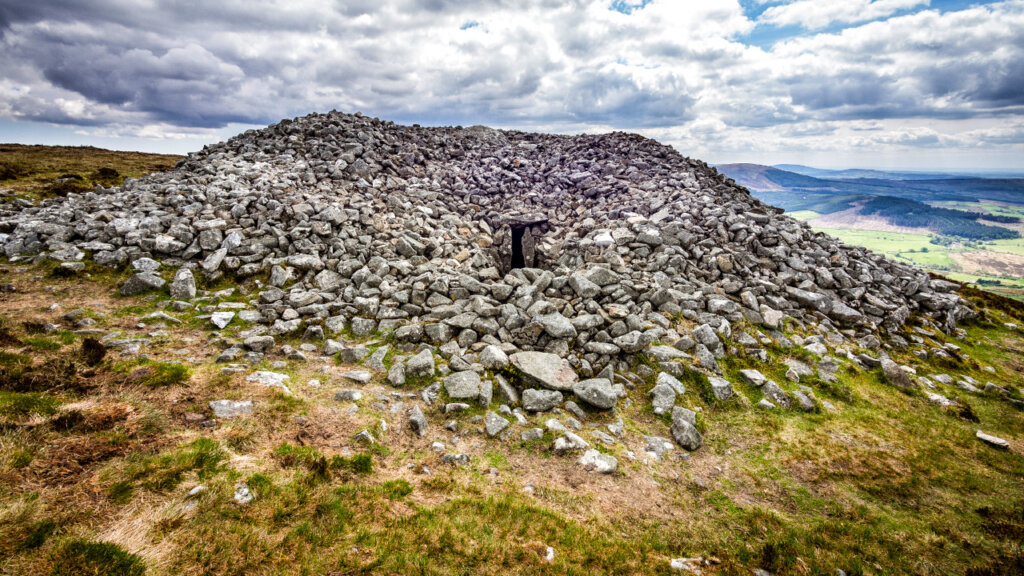
The Celts of Ireland are well-known in nowadays Western countries. However, most may not be familiar with their burial practices. For instance, they used grave goods which often referred to foods, artifacts and weapons that were buried with the dead. Moreover, the druids seemed to function as the clergy of that time, having a better hold on ideas regarding death and souls. Such a significant death-related concept was the notion of an Otherworld.
It was home to supernatural creatures but some researchers suggest that it might have been the Celtic afterlife. Keep the Otherworld in mind because we will be returning to this! But first, what did these druids actually do regarding death and burials?
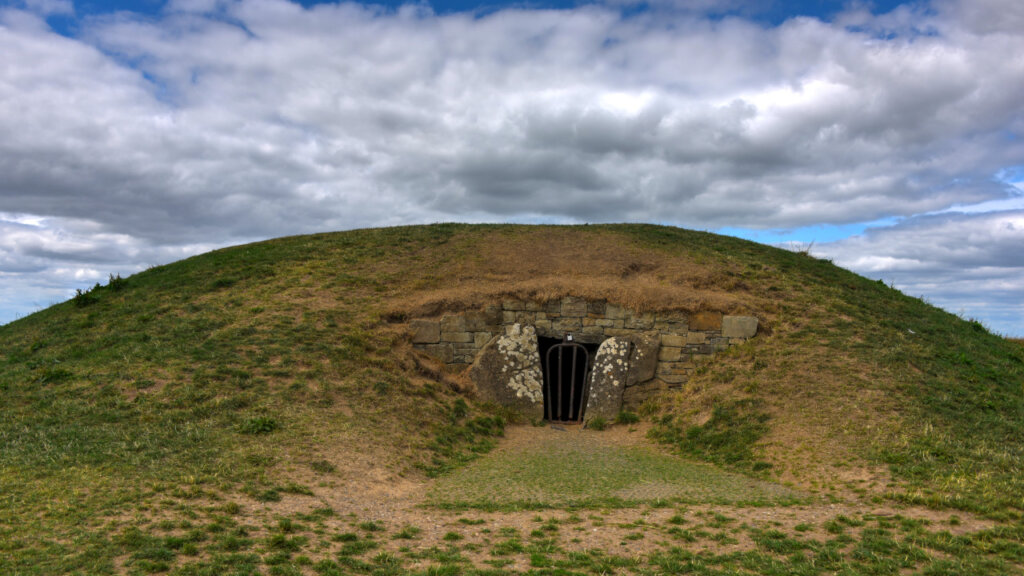
Most things we know about Celtic druids, we owe to Roman reports even dating to the time of Julius Caesar. Apparently, certain reports suggest that the druids actually often practiced human sacrifice. For example, when a high ranking person passed away, their slaves would often join them in death. That meant that they were burned in large funeral pyres.
Celts would also sacrifice Roman captives and their exact fate depended on the God they were being offered to. For example, their ultimate fate could have been hanging, drowning and burning. The most important, though, form of Celtic sacrifice was decapitation. This did not only take place amongst Celts in Ireland but also in modern day France.
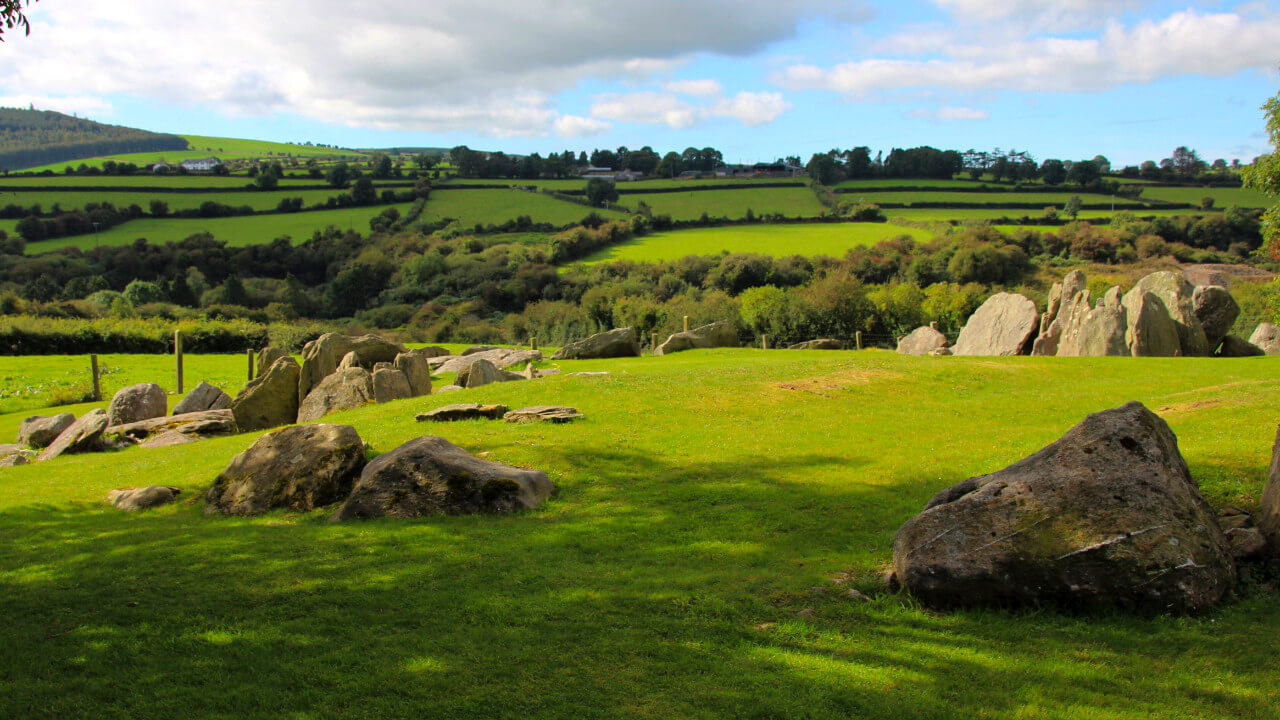
Moreover, it seems that the Celts had cultivated a headhunting culture. In other words, skulls adorned their sites, and many headless corpses have been excavated. After all, the druids seem to believe that the soul resides in a person’s head. Such records also exist in Celtic mythology and all the way to medieval stories, such as Sir Gawain and the Green Knight.
Finally, another example of ritualistic sacrifices is this of certain local rulers. After discovering well-preserved bog bodies, researchers believe that people sacrificed some rulers after a catastrophe struck the community or settlement. Moreover, these bog bodies referred to nearly mummified bodies that were submerged in peat. Pyres, sacrifices and bog burials were, though, not the only mortuary practice of the Celts.
One of the most well-practiced Celtic approaches to death and the dead was the burial mounds or tumuli. For instance, a few clusters of tumuli have been found throughout Ireland – like other Western European countries. Furthermore, many of these tombs are still surrounded by mystery since there are no exact details about their meaning. Prominent tumuli include the one at the Hill of Tara and the ones of Brú na Bóinne in County Meath.
Additionally, many tumuli are also passage tombs, meaning that there is a hallway passing through the tomb. Interestingly, some of these passage tombs are also perfectly aligned with the time of sunrise of a special day: Samhain.
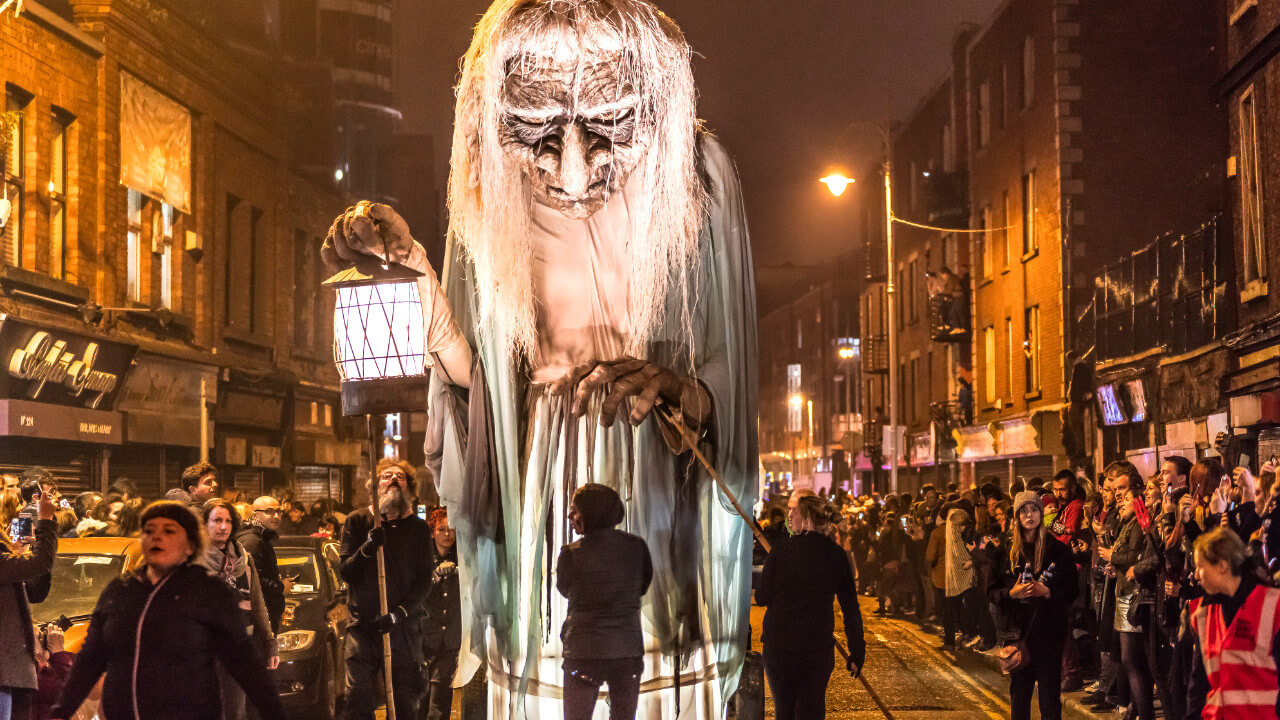
Samhain has its roots in Celtic pagan mythology and it has been mentioned in Irish mythology for over a thousand years. Moreover, Samhain was a special moment when the walls separating our world and the aforementioned Otherworld were blurred.
Celts were also honoring their deceased during Samhain as they believed that their souls could cross over during the time of Samhain. Interestingly Samhain took place in autumn while nature was dying – so to speak. This fitted the theme of death that Samhain came with. The dead were returning to our world, if only for one day, seeking their homes and loved ones. Does this all sound eerily familiar to our Halloween? Well, that would be correct since the tradition of Halloween is actually based on these Celtic notions of Samhain.
Not only the dead came from the Otherworld through the thinner barrier; Celtic fairies called aos sí crossed over too.
Celtic mythology is very extended and includes many groups of mythical creatures, beings and spirits. The most important group is perhaps the Tuath Dé, meaning the Tribe of Gods. These were the main Celtic pantheon in ancient Ireland. For the purposes of our article, though, the most intriguing creatures were the Banshees.
These were fairy creatures linked to death beliefs in Celtic Ireland. Literally translating to fairy woman, the Banshee was a terrible omen of death. The Banshee manifested as a woman, moaning and shrieking. Moreover, whoever the female spirit appeared to was going to lose a family member or another loved one. Banshees also gave warnings of deaths to mortals. If, for instance, someone was about to be in danger, a Banshee’s sound of wailing could tip them off.
Furthermore, if multiple Banshees started mourning and shrieking together it meant that someone significant was about to pass away.
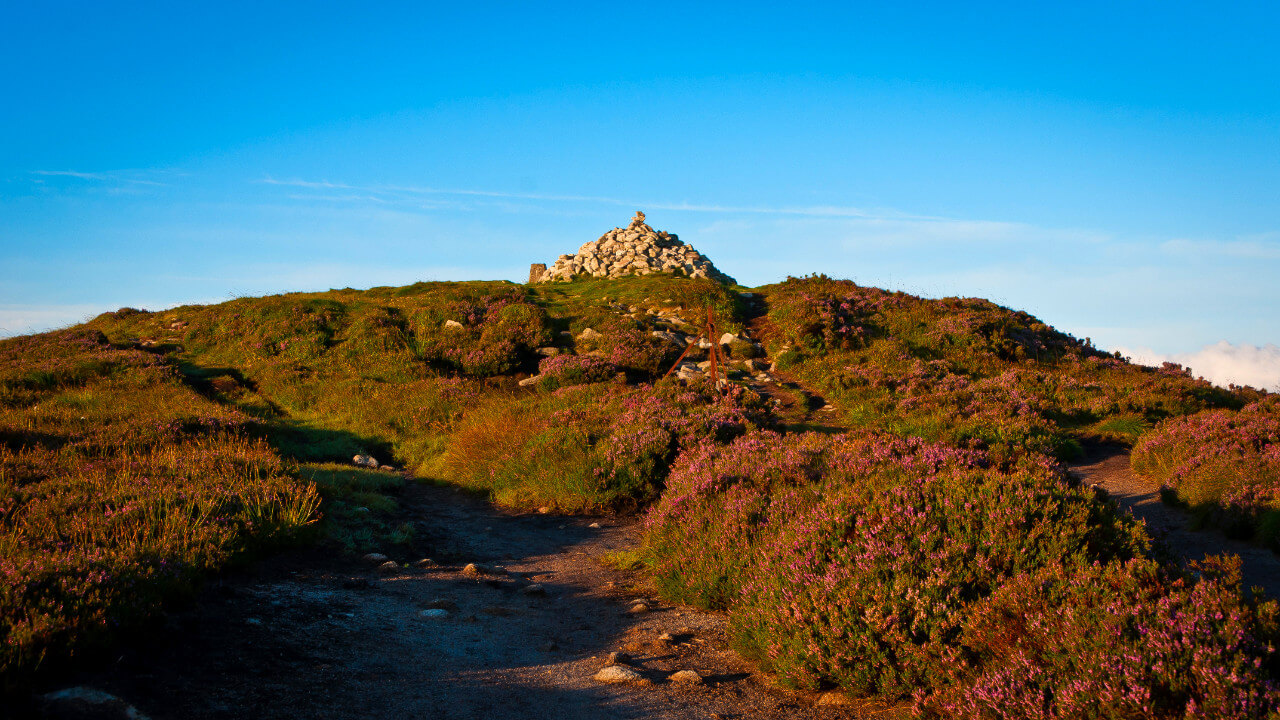
According to other versions of Irish folklore, Banshees were actually ghosts of women. It also seems that the tale of Banshees has inspired medieval real life grieving patterns in Ireland. For example, the tradition of keening seems very familiar to the mourning of a Banshee. We focus on that next.
Keening – or lamenting – was a Medieval practice that took place in Ireland until even the 18th and 19th centuries. The word keening comes from the Irish caoineadh or caoin meaning to weep or to lament.
Additionally, the ideal keener was a woman who traveled from place to place through forests instead of using roads. She also is dirty, wears torn up clothes and is cut off from communities. By living like that, she was able to exist in an in-between place. In other words, it was socially acceptable for her to shriek and wail, being closer to the dead while at the same time working for the living.
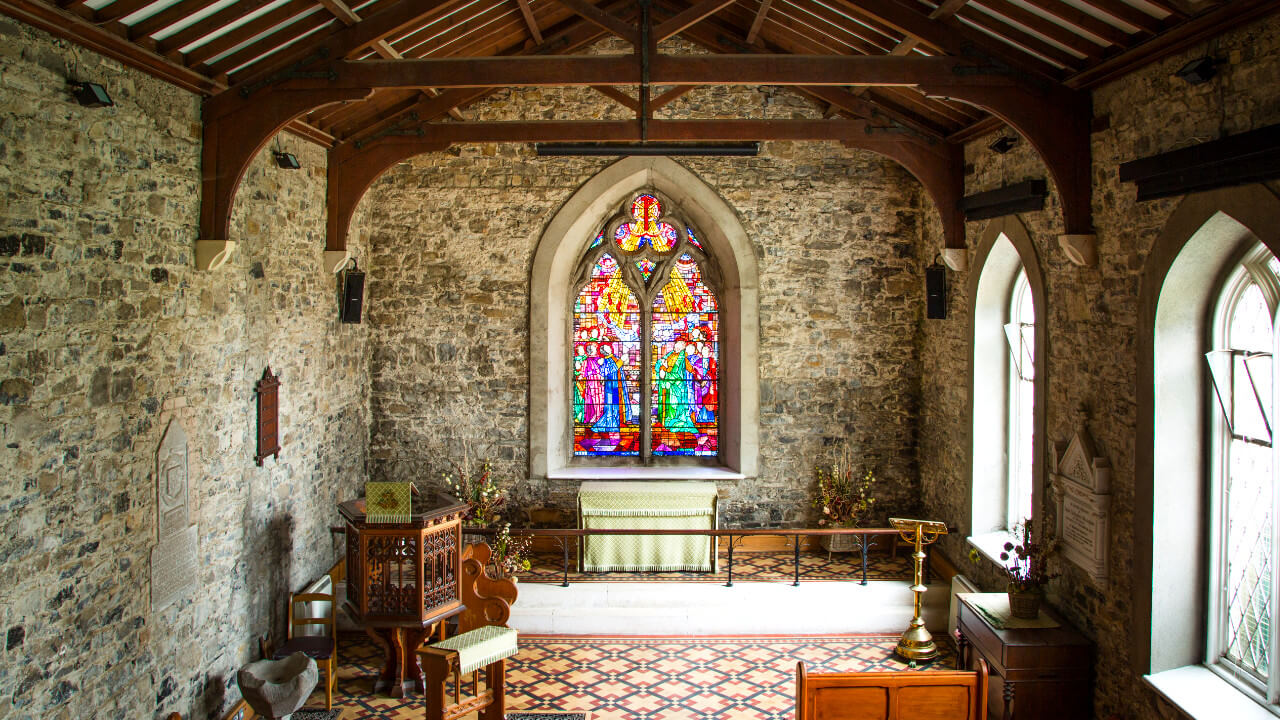
Some of the oldest recordings of Irish laments came from English travelers who, unable to appreciate the meaning of the laments, described them as barbaric cries. However, that could not be further away from the truth. Not only these were not just outcries, but very often keening had a particular structure, meaning and purpose.
After all, many of the women lamenting were actual professionals, hired for that exact goal. An example of a particular keening was that of Eileen O’Connell who verbally composed approximately 400 lines of structured mourning. The most fascinating, though, part of keening was its purpose, which made it comparable to modern theories of grief.
A typical keening included stories that complimented the dead’s beauty and style but also their personality and lineage. Moreover, keening women sometimes even addressed any potential family disagreements. The most interesting, though, characteristic of these lamentations is that they often followed the famous five stages of grief.
That refers to Elisabeth Kubler-Ross’ stages on how people approach death and grief: denial, anger, bargaining, depression and finally acceptance. Although of course medieval Irish communities had no such theories at the time, these stages were still present in keening!
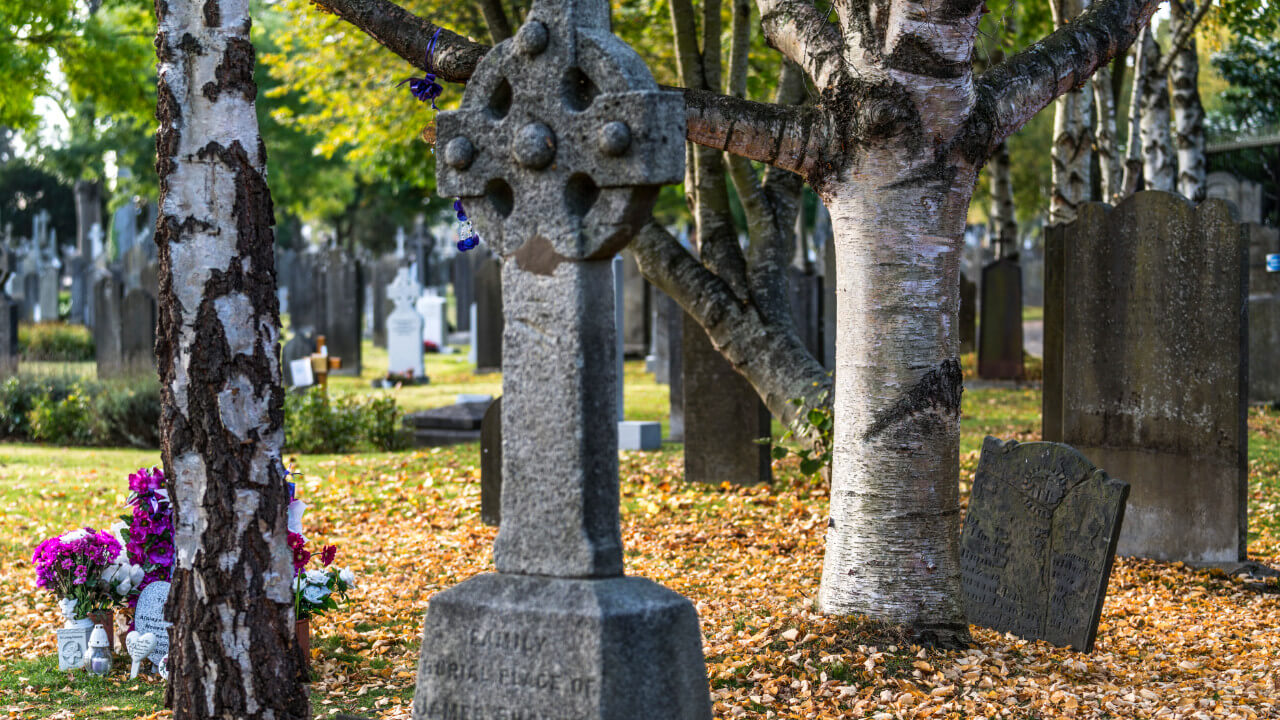
For instance, the keening woman would sometimes shriek that the deceased had not actually passed away. That referred to the inconceivable nature of death and reflected the denial of the mourners. Other times, keeners would punch the coffin as a sign of their anger for the passing of that person.
Furthermore, bargaining would be expressed when two keeners attempted to outdo each other. And depression was of course present throughout the process with the wailing and shrieking. Finally, the end of lamenting potentially signified acceptance.
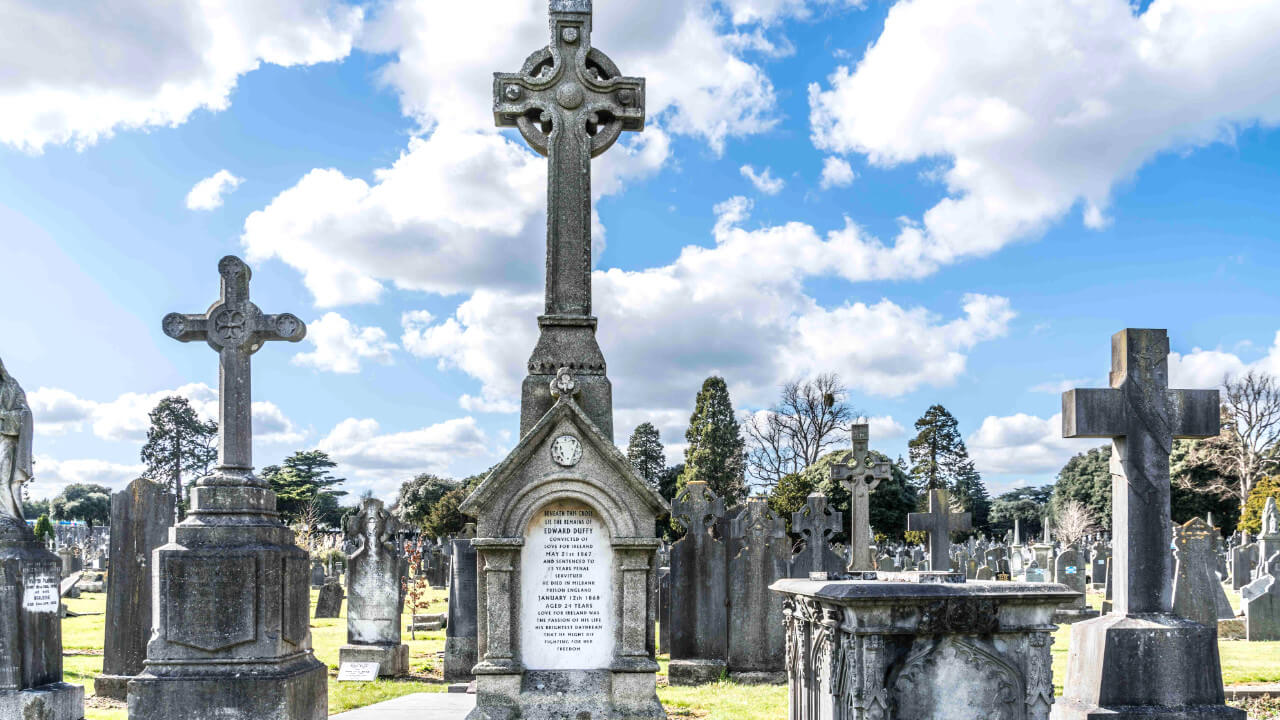
The Christianization of Ireland meant that lamenting and keening had to take a new form. Due to strict Catholic presence in the region, such mourning customs needed to not come across as pagan. Therefore, keeners incorporated Christianity in their mourning processes.
They specifically supported that lamenting for the dead was appropriate since even the Virgin Mary did it. Moreover, some Irish women of that time supported that Virgin Mary was the first woman to grief like that.
That was also a stand that women took against the Catholic rule of Ireland. In other words, they sought empowerment by establishing themselves as responsible for such funeral traditions. That also meant that they were taking power away from the Catholic clergy and put themselves in the center of Irish funerals. After all, to bury someone without lamenting first was one of the worst ways of dishonoring them.
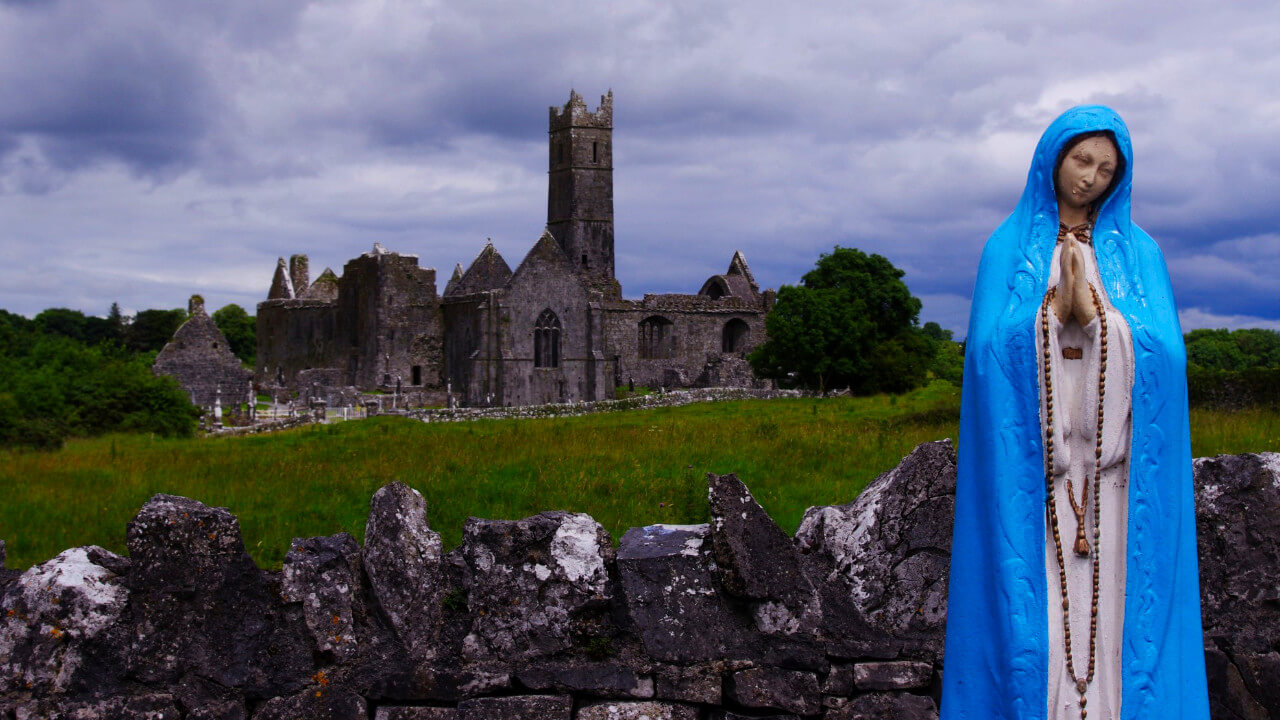
We hope you learned something new regarding this country’s death practices!
If you want know more about funeral practices in other countries where the Celts were present, feel free to check out our articles about France and Wales. Additionally, for more details on burial mounds have a look at our pieces on Dutch, Danish and Swedish burial practices. Finally, check out our article on Italy for similar stories on death omens and grieving.
The average mixed death rate of Ireland is 6,3 per 1.000 people (2019).
Funerals in Ireland usually occur quickly after death, in most cases within 48 hours. In 2016 the archdiocese of Dublin proposed a new approach to Catholic funerals – the most common ones in Ireland. He supported that since the population is growing older many parishes are too busy with funerals. Therefore, he asked that funerals start taking place a bit later after death in some cases. This way, he aimed to reduce how busy funeral services get.
Ireland’s most common religion is Christianity and specifically Catholicism. Specifically, over 78% of the population identifies as Catholic. Moreover, the second group according to the same census was irreligious people (10%, 2016 census). Other religious groups with a smaller following include Anglican, Orthodox and Protestant Christians, but also Muslims and Hindu.
According to the ODTI (‘Organ Donation & Transplant Ireland’), the rate of utilized organs in 2020 was 12,20 per million population. That corresponds to 60 transplants in that year.